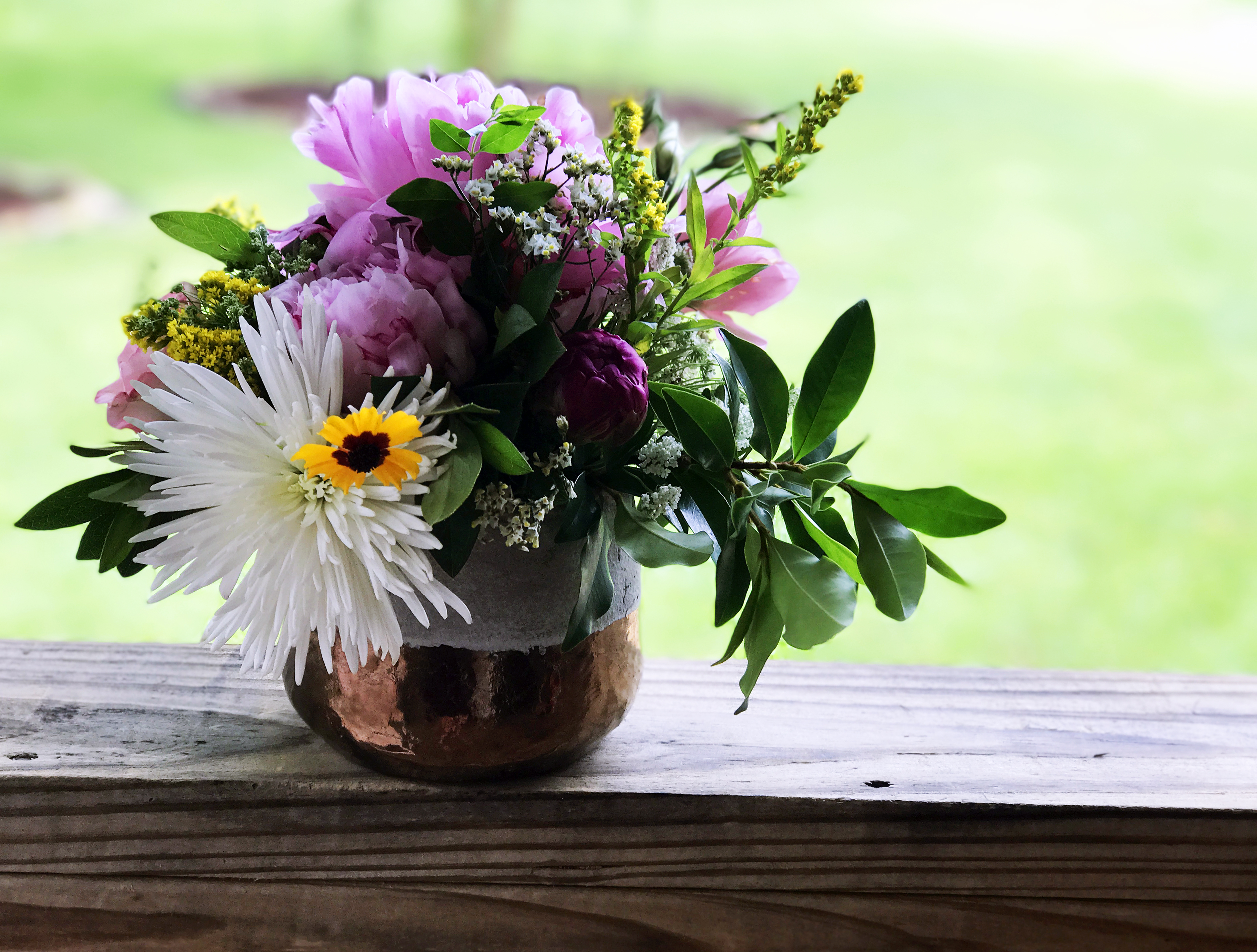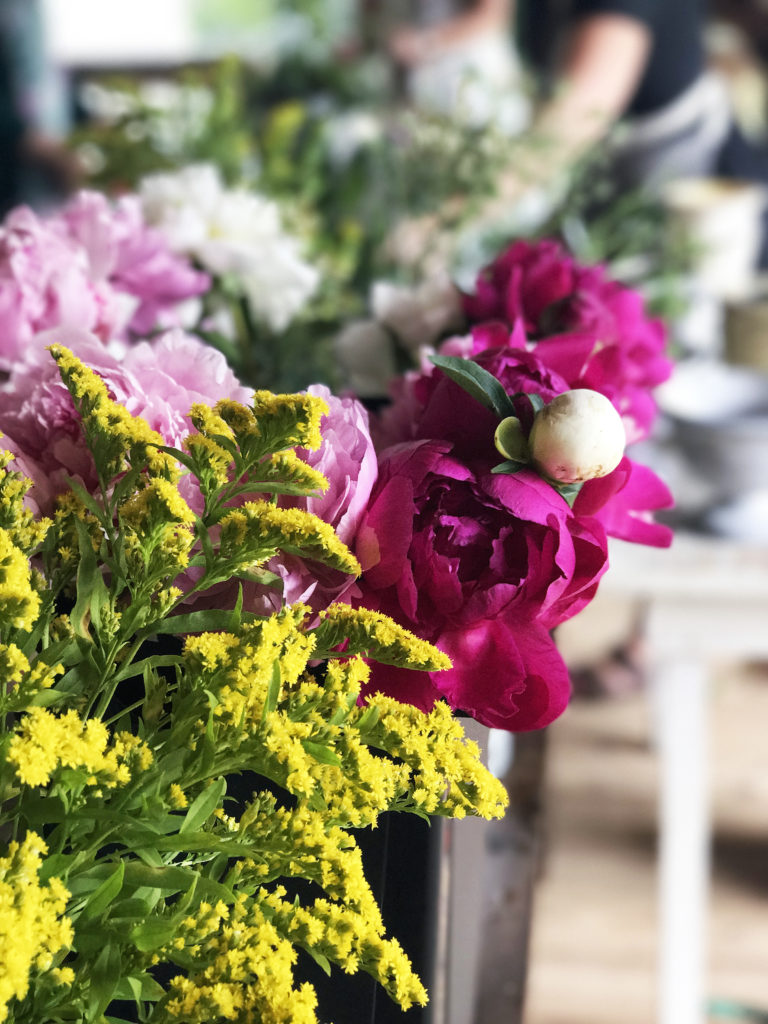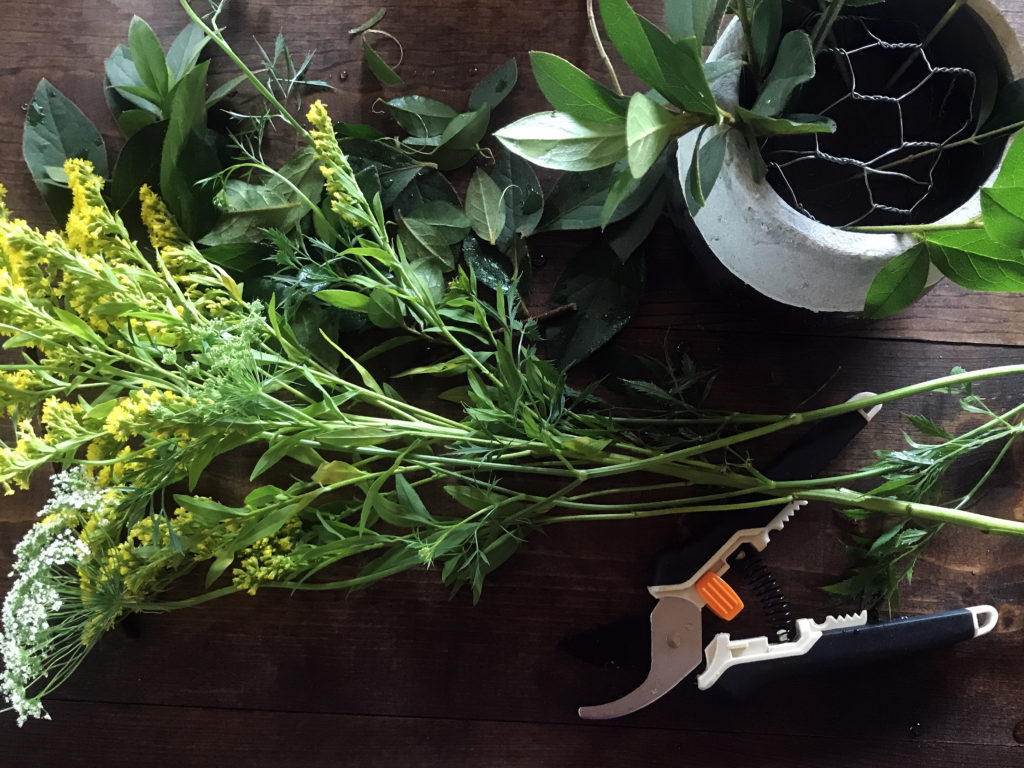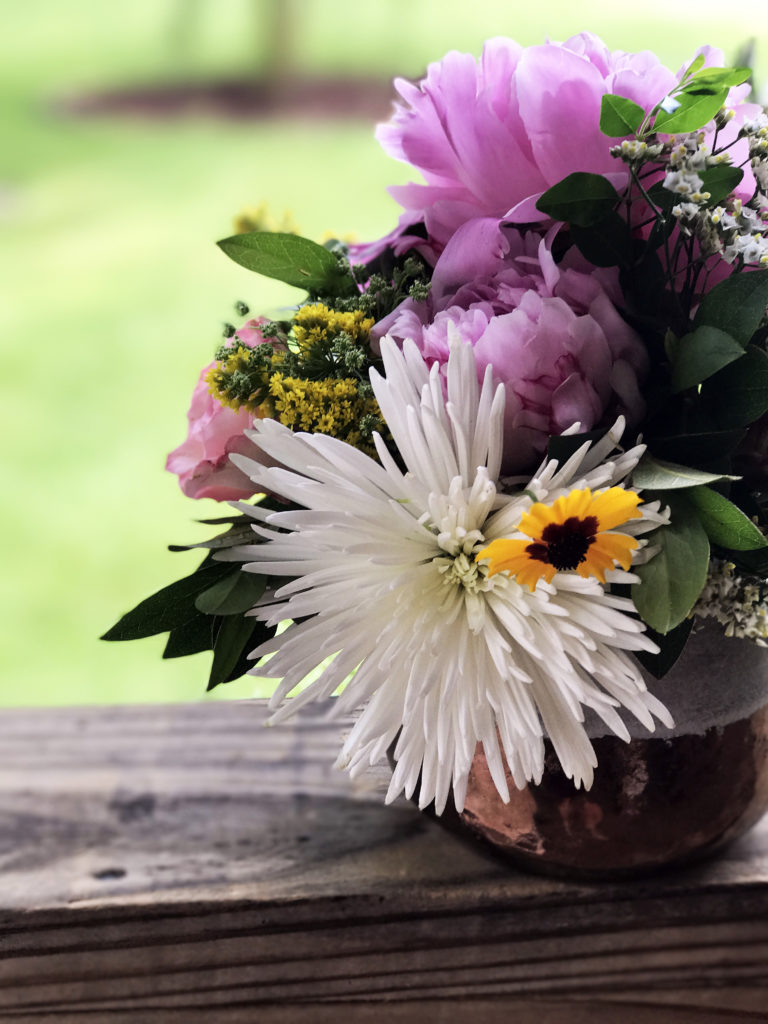
Local florist shares how to DIY a summer arrangement for your home
Mary Johnston has been known to pull over on the side of the road for a good flower.
She keeps clippers in her car’s console and a bucket in her backseat, so she’s always ready to forage if she spots something interesting.
“My mom’s like, ‘You do what on the interstate?'” she says with a laugh.
|
|
During the recent Flourish Workshop hosted by local stylist Carol Meche, local floral designer Johnston taught a small group of attendees how she creates her stunning flower arrangements. And stopping in traffic is just one of them. Here are some of her secrets:

1. Flowers don’t have to be expensive. Cheap grocery store and farmers market picks work just as well as bouquets from high-end floral shops. And besides clipping flowers in the wild, Meche also asks neighbors for permission to cut flowers from their yards.
2. Choose a vessel that fits the style you are going for. Johnston finds quirky vintage vases at antique shops and modern, rustic pots at craft stores. The shape and style of the vase will greatly impact how your final arrangement looks, so choose wisely.

3. Set up the vessel with chicken wire and water. Some florists use foam, but Johnston prefers chicken wire, which you can mold, bend and cut to fit your vessel. The wire offers flexibility if you want to rearrange your design throughout the process, whereas once you poke a hole in foam, it becomes harder to change.
4. Add greenery and filler flowers first. Johnston likes to design in a triangle-shape, adding berries, Queen Anne’s lace and ivies at different heights while leaving some intermittent spaces for flowers.
5. Fill your space with flowers until you can’t see the chicken wire anymore. For a full, colorful arrangement, mix flowers of all sizes, shapes and colors. Don’t just use magenta and white—the contrast is too extreme, she says. Mix oranges and yellows in there for balance. “It should always look like it’s finished on every side,” she adds. Cut the stems at an angle, which allows the flower to drink more water.

6. Design at eye level. If you’re designing an arrangement for a table at an event—or even just your coffee table—make sure you know what the arrangement looks like from eye level, not just from above when you’re standing over it. You don’t want the arrangement to be too high, otherwise your guests won’t be able to talk over it. Johnston uses an inexpensive bamboo lazy Susan to rotate her arrangement so she can also see what it looks like from all sides.
7. Ta-da! You’re done. Here’s the arrangement I created with Johnston’s tips. Now, admire your finished product, and water accordingly.

|
|
|

